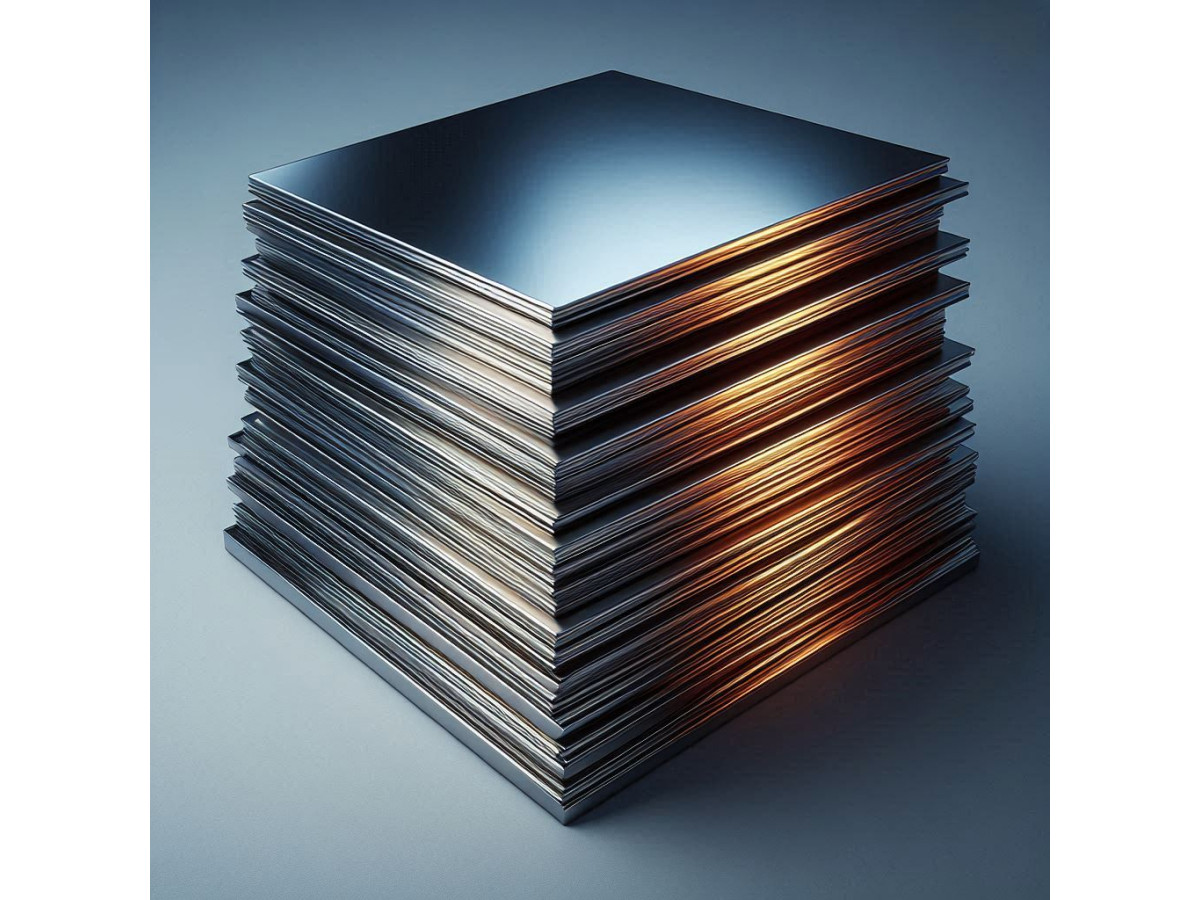Tool steel sheet is used to create cutting stamping and measuring tools. This type of sheet metal is necessary in the production of calipers, knives, molds for casting plastics and rubber, drills, etc. The specific scope of application will depend on the grade of steel.
History of production development
The first metal instruments appeared back in 1200 BC. People began to use steel because it was many times stronger than bronze. In the 18th century, a systematic study of the properties of this material and the influence of various elements on it began.
Thanks to the development of new smelting and alloying methods, the hardness, wear resistance and other properties of tool steel have been improved. New types of material have significantly improved the productivity and service life of tools.
Today there are many types of tool steel, each of which has its own unique properties. The material has become indispensable for modern industrial production.
The main components of steel for tools
The main elements of tool steel include:
- Carbon. It acts as the main one and determines the hardness and strength of steel. The higher the carbon content, the more reliable future production, but large quantities can lead to reduced viscosity and ease of processing.
- Manganese. The element increases the hardness and wear resistance of steel, improves its hardenability. With its help, the material is cleaned of harmful impurities.
- Chromium. Responsible for strength, especially at high temperatures. It also increases corrosion resistance.
- Vanadium. Improves sharpness and ability to hold a cutting edge, increases the resistance of steel to tempering.
Tool steel may also contain molybdenum, nickel, titanium, cobalt and other elements. When choosing a material, it is important to consider its operating conditions and required properties.
Types of tool steel
Tool sheet is flat rolled steel intended for the manufacture of various tools, dies and molds. You can pick it up at https://ukrstarline.ua/ru/chernyj-metalloprokat/stalnoj-list/stalnoj-list-instrumentalnyj. It must have a set of specific properties, which include high rigidity, strength, wear resistance, toughness and machinability. On the market you can buy:
Carbon steels. They are most common, have good machinability and weldability, and are affordable. Used for the manufacture of cutting and measuring tools, cold deformation dies.
Alloy steels. They are characterized by a high chromium content and are characterized by increased strength and wear resistance. Grades are needed for the production of tools operating at high cutting speeds.
Electrical steels. They contain a large amount of silicon, have high magnetic permeability and are used for the manufacture of electromagnets, transformers, and other electrical products.
Steel can be heat treated. It improves viscosity and ductility, changes the magnetic and electrical properties of the material, and also increases strength.
Production technology
The production of steel tool sheet requires a highly technical process that involves several processing steps to achieve the desired characteristics.
For the production of rolled metal, high-carbon steel or alloy steel is used, which has high rigidity and wear resistance. The source metal is loaded into a furnace, where melting and impurities are removed. This stage may also include alloying, which improves the properties of the material. Molten steel is poured into molds to form ingots or directly into a continuous casting machine to produce billets. They are then hot rolled, in which the metal is heated to a high temperature and rolled through rollers to produce a sheet of the desired thickness. This stage also improves the microstructure of the metal, making it more uniform.
The rolled sheet is cooled and undergoes heat treatment, which improves its mechanical properties. Quenching increases the rigidity and strength of steel, while tempering reduces brittleness while maintaining hardness. In some cases, the sheet may be cold rolled to achieve more accurate dimensions and improve surface quality. Cold rolling also increases the strength and rigidity of the material. The sheets can be sanded and polished to achieve high surface quality and dimensional accuracy. Finished sheets undergo strict property control, including mechanical tests, checking dimensions, chemical composition and structure.

